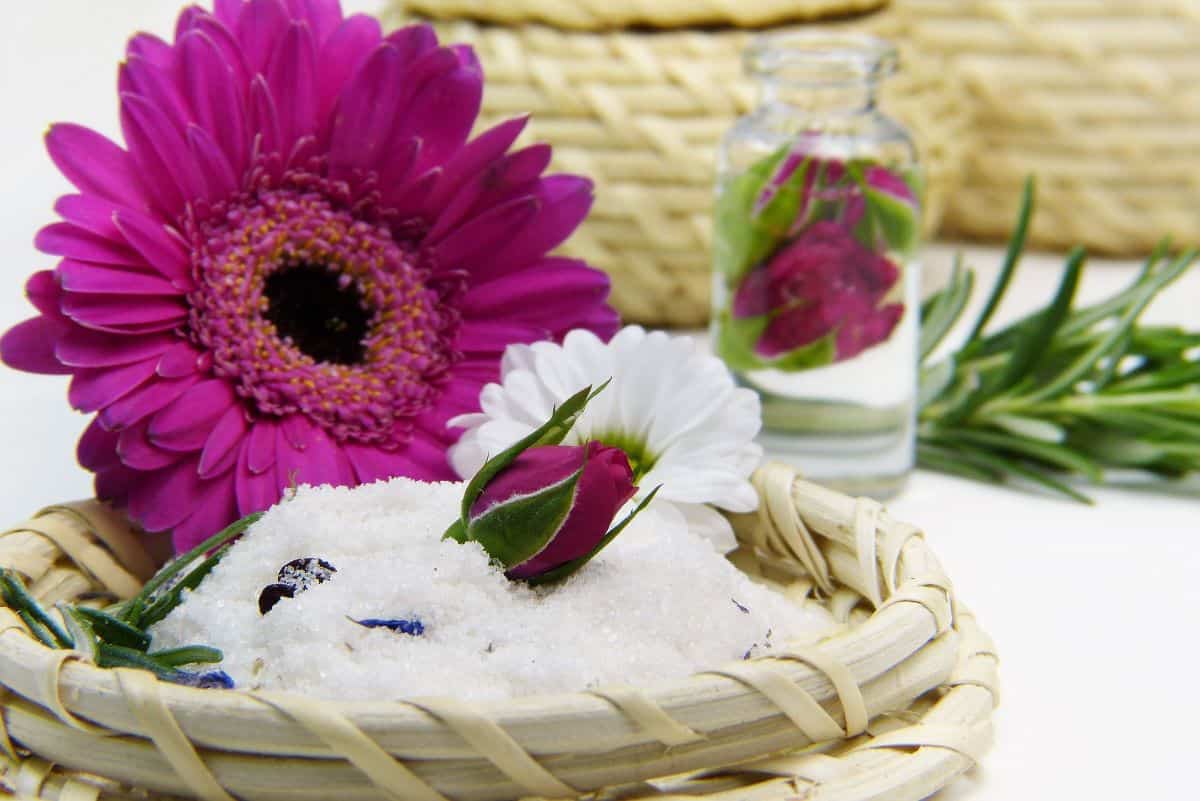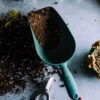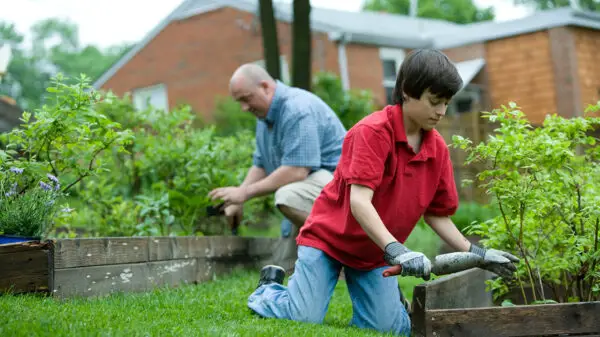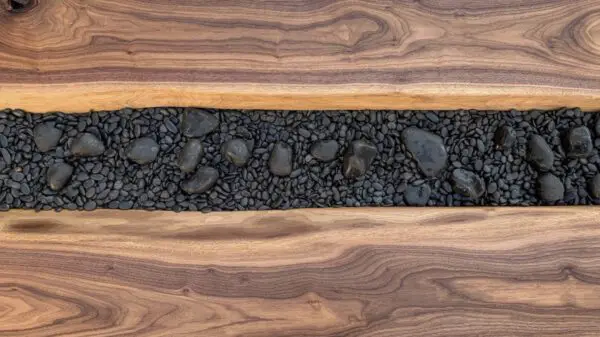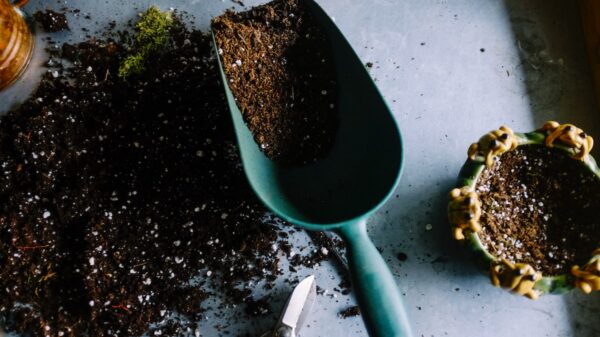Using Epsom Salt for Plants
Epsom salt is a great fertilizer, and many gardeners make use of it in their gardens. Plants such as tomatoes, peppers, roses, trees, and shrubs can all benefit from Epsom salts.
So, should you use Epsom salt for plants? When deciding when and how to add Epsom salts to your plants for healthy growth, it is important to know the benefits and disadvantages of adding apron salts to them. Epsom salts can protect against plant diseases and deficiencies, provide essential elements for growth, break down minerals to make them more soluble, and make it easier for roots to grow.
In addition, it is important to apply the right amount of salt at the right location so there is no harm done to the plants. Keep reading to learn more about how, and when, to use Epsom salts for plants.
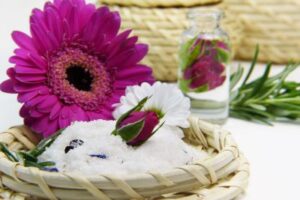
What Are Epsom Salts?
Epsom salts are chemicals called sulfates which contain magnesium and sulfur. These salts do not contain any nitrates, phosphates, or chlorides which can damage your plants.
It is common for people to use Epsom salt (magnesium sulfate) on their plants, but it can be harmful. Magnesium sulfate encourages plants to produce more leaves and fewer flowers. If too much magnesium sulfate is used, the plant will begin to put out new leaves at a rapid rate. This results in the plant not flowering.
If you are looking to get your flower blooms at their best, avoid using Epsom salt. Epsom salt is a chemical compound that contains two elements: magnesium and sulfur. It does not dissolve in water or break down in the environment so it remains stable when exposed to air.
Epsom salt has been used to make bath salts for soothing the skin but it can also be used in gardening to give plants a magnesium boost.
When and How to Use Epsom Salt to Plants
Epsom salts should be applied as soon as the first buds of the season begin to appear on deciduous trees and shrubs. This application is best used when daytime temps are between 55-80 degrees. This application can be done one more time during the growing season, but it is best to use the salt in early spring and late summer/early fall.
Plants that Can Benefit from Epsom Salts
Tomatoes rose bushes, vegetables, and shrubs such as lilacs can all benefit from a dose of Epsom salt. Epsom salts do not replace any other type of nutrient requirements.
Epsom salts are only used as a fertilizer for your plants, they will not treat any diseases or fungal infections. I’ve seen the label on the Epson salts container that says “For plants!” I know you said not to use it. Why?
Epsom salts are indeed good for plants. This is why they should never be introduced to soil or another substrate where your plant roots reside. Although Epsom salts can be used as a fertilizer source, this type should never be given to plants directly for the reason that it contains sodium.
While this is not an issue for fish or other aquatic organisms, it can cause irreversible damage to plant roots and shoots if too much sodium enters the soil.
Benefits of Magnesium Sulfate for Plants
There are lots of awesome reasons to use Epsom salt, especially if your soil is not giving your cannabis its full magnesium needs. Magnesium deficiency will cause leaf yellowing between the veins of the leaves. Because magnesium helps the plant create chlorophyll, Epsom salt will result in greener leaves if your plants are lacking magnesium.
Keep Your Plants Green
Magnesium sulfate is a fast-absorbing source of magnesium and sulfur. This makes it ideal for soil solutions because it acts quickly! Plants can absorb magnesium through their roots with the help of Epsom salts. Magnesium sulfate (Epsom salt) is an inexpensive and safe method of giving your plants the magnesium it needs to become nice and green.
There’s no harm in experimenting with Epsom salt as a foliar spray! The magnesium in Epsom salt provides all the necessary elements that a plant needs to grow. The sulfur is used by the plant for protein synthesis and cell division.
However, some plants are not able to absorb these elements unless Epsom salt has been dissolved in water using heat (usually boiling water). This provides some evidence that applying this chemical to our soil with no preparation isn’t a great idea.
Adding Epsom salt directly to the soil only releases the magnesium and sulfur slowly, because it has to leech into the soil first. However, if you’re adding Epsom salt as a foliar spray (leaf application), plants can absorb them immediately.
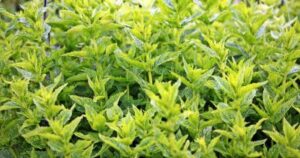
Prevents Plant Disease
It can help prevent and cure plant diseases and deficiencies It provides magnesium and sulfur to help prevent deficiencies in the soil that may inhibit photosynthesis, cell division, root growth, chlorophyll production, and protein synthesis. It can help correct the deficiency of magnesium in soils that are mainly composed of calcium.
It can help break down minerals for plant uptake (such as iron) by making them more soluble. Magnesium sulfate helps loosen compacted soil, making it easier for roots to grow and access water. It also provides magnesium, sulfur, and calcium in a form that both plants and beneficial soil organisms can easily use.
These components make it a great choice for improving the texture of heavy or clay soils.
How Gardeners Use Epsom Salt
For some gardeners, Epsom salts are an especially important part of their gardening routine. For example, they may use them regularly on specific plants like roses and tomatoes to help address certain deficiencies in the soil or even simply to ensure that these plants get all the nutrients they need.
But how do Epsom salts work? What is it about them that makes them so beneficial to plants? To understand this, it’s helpful to have a basic understanding of the life cycle of a plant.
Life Cycle of Plants
Plants require certain nutrients to grow and be healthy. For example, they need nitrogen for healthy green growth, calcium for cell development and strong roots, magnesium for chlorophyll production… just as humans need certain vitamins and minerals to be healthy.
These nutrients can come from several sources, including chemical fertilizers. However, sometimes the soil doesn’t have all the nutrients a plant needs because it hasn’t been enriched with enough organic matter or has been depleted by many seasons of growing plants.
In this case, gardeners often add fertilizers to the soil to supplement what it is lacking. But not all fertilizers are created equally, and some have more benefits than others. Epsom salts, for example, are a natural, organic way to provide many of the nutrients that plants need without any harmful side effects or chemical residues.
Other Uses for Epsom Salts
Epsom salts consist primarily of magnesium sulfate (chemical formula MgSO4·7H2O). Although they are most commonly thought of as a natural remedy for headaches, Epsom salts have many uses. They can be used externally on the skin to treat conditions like psoriasis and eczema, or even ingested to help relieve asthma symptoms.
But one of their most common uses is gardening. Like all fertilizers, Epsom salts supply magnesium to plants, but unlike many other fertilizers, they also supply sulfur and calcium. This addresses deficiencies that may be present in the soil. The extra sulfur helps prevent leaf yellowing while the extra calcium strengthens cell walls.
Some gardeners swear by adding Epsom salts every year around this time to ensure that their plants get all the nutrients they need to thrive. Most gardeners rely on chemical fertilizers like Miracle-Gro to provide their plants with the essential nutrients they need, whether these deficiencies are present in the soil or not.
But chemical fertilizers don’t provide any organic matter, so they don’t do anything to improve the soil structure. That’s why many gardeners turn to natural fertilizers like Epsom salts for their improved nutrient content, improved soil texture, and other positive effects on the environment – and often find that their plants are healthier than ever!
Disadvantages of Using Epsom Salts for Plants
Epsom salts are only beneficial to the plant if directly applied to the soil around the root zone. Do not use on evergreen trees/shrubs. Additionally, limit Epsom salt application to deciduous trees and shrubs only.
Epsom salts tend to be hygroscopic which means they tend to pull moisture from the air around them, so it is best to water the area well after application. Overuse of Epsom salts can cause leaf curl, scorched foliage, and the death of plant tissue.
How Much Epsom Salt to Use for Plants
1 teaspoon per gallon of water (or about 1 tablespoon per 2-5 gallons) is usually a good rule of thumb for foliar spray Epsom salt applications.
If you’re adding this much to your plants, it’s not going to potentially burn them as Miracle Grow would! I’d recommend starting with this amount and increasing the dosage if your plants still look like they’re magnesium-deficient.
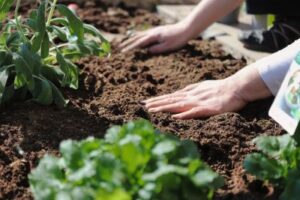
Where Should it Be Applied?
Epsom salt is usually applied to soil or seedlings either by dissolving in boiling water or by the addition of powdered Epsom salt to the soil. Some gardeners prefer to dissolve it in their watering can so they don’t have to worry about getting it on their plants.
It is important not to over-apply Epsom salt, especially without knowing your soil’s magnesium and sulfur content because you may risk depleting the soil of these minerals.
However, it can also burn plants. When Epsom salt falls onto leaves, it absorbs all the water the plant has taken in causing dehydrated cells. The plant is unable to absorb any more nutrients and is most likely going to die.
Studies have been done that show a 10% concentration of Epsom salt will kill young seedlings within 2-3 days. However, the plants did show signs of recovering within weeks. The concentration was 1.2% for mature plants, which showed no major change in health.
Epsom Salts for Plants: Do They Make a Difference?
Epsom salt (magnesium sulfate) is regarded as one of the most important salts in plant life. Magnesium deficiency is very common in plants due to many factors.
It’s also easy to solve using Epsom salt, so it’s no surprise that people are experimenting with Epsom salt applications. Magnesium sulfate (Epsom salt) has many different names, including magnesium sulfate, so look out for it on labels where you buy Epsom salt or gardening materials.


